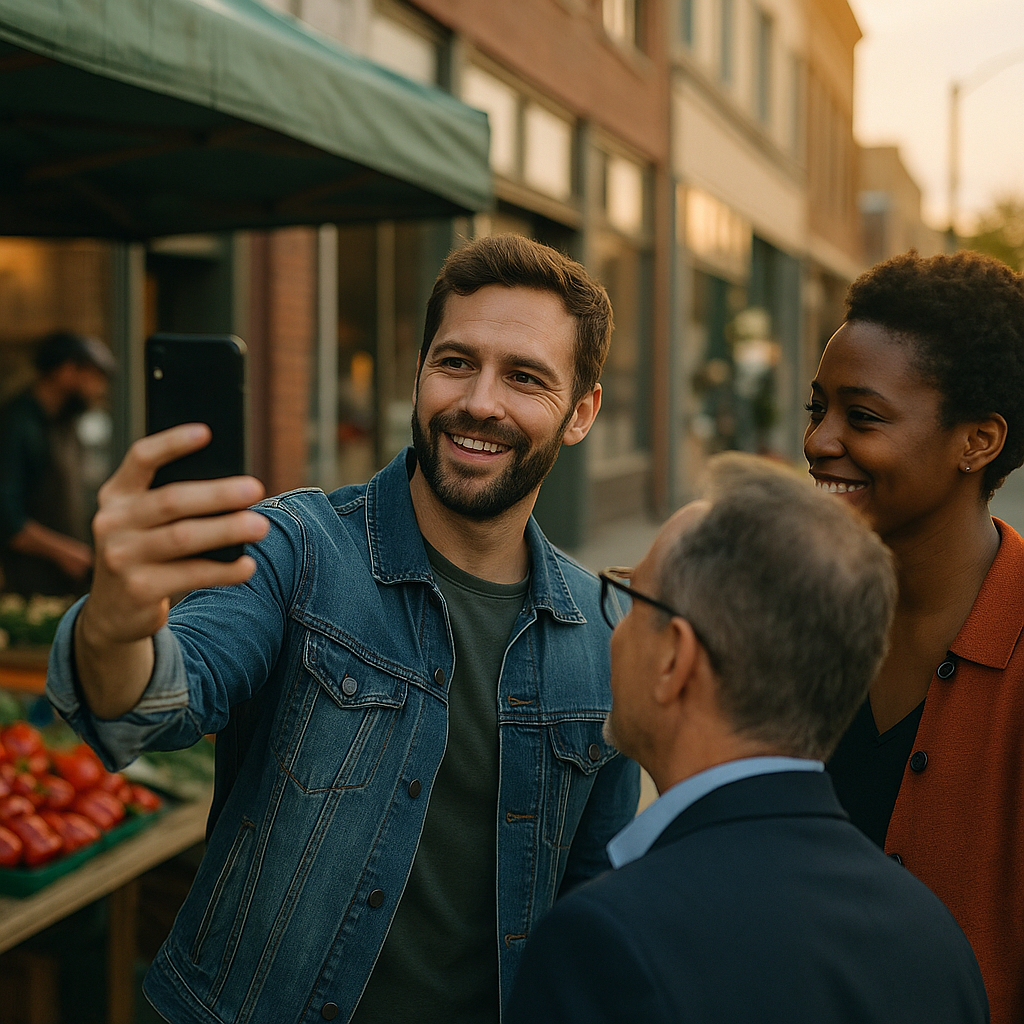The rise of “hyper-local” B2B influencers for field marketing is redefining how businesses connect with their target audiences in 2025. As brands seek deeper, more authentic relationships within specific communities, these influencers harness their local expertise to drive genuine engagement. Discover why hyper-local B2B influencer strategies are setting the new standard for field marketing success.
Defining Hyper-Local B2B Influencers in Modern Field Marketing
The term “hyper-local” describes influencers whose reach and impact are highly concentrated within a specific geographic area—often a city, region, or even a community segment. Unlike national or industry-wide thought leaders, hyper-local B2B influencers are trusted figures within the precise networks your field marketing seeks to activate. They bring a nuanced understanding of local markets, business cultures, and evolving trends that resonate with area-specific audiences. In 2025, these micro-networks are proving invaluable for granular field campaigns, offering brands a fresh pathway to reach decision-makers where relationships matter most.
Why B2B Field Marketers Are Focusing on Regional Influencer Partnerships
Traditional B2B marketing relied heavily on broad campaigns and centralized influencers. However, as business buyers demand more tailored and authentic engagements, hyper-local influencer partnerships are emerging as a high-impact solution. Regional experts know their communities’ unique challenges and opportunities, often acting as trusted advisors or facilitators. According to a 2025 HubSpot report, 68% of B2B marketers saw higher ROI from localized campaigns versus national efforts. By partnering with these local authorities, field marketers can achieve increased brand relevance, greater trust, and improved conversion rates in strategic territories.
Key Benefits of Hyper-Local Influence in Field Marketing Campaigns
Leveraging hyper-local B2B influencers delivers several clear advantages for field marketing initiatives:
- Enhanced Trust: Local influencers are already embedded within their communities and have earned credibility with your target audience.
- Relevant Content: Messaging delivered by hyper-local voices can be regionally tailored, aligning with local regulations, culture, and business norms.
- Higher Engagement: Hyper-local campaigns generate more meaningful interactions—virtual and in-person—at industry events, trade shows, and roundtables.
- Direct Feedback Loops: Local influencers quickly relay market insights, enabling brands to evolve offers and strategies to meet specific customer needs.
- Faster Sales Cycles: Genuine relationships cultivated at the local level often accelerate the journey from awareness to action for B2B buyers.
These benefits make hyper-local influencers a powerful tool for brands looking to build community relevance and trust at scale.
How to Identify and Engage Hyper-Local B2B Influencers
Finding the right hyper-local influencer requires more than a simple search for popular local business personalities. Start by mapping the key organizations, associations, and networks within your industry at a regional level. Look for individuals who hold respected leadership roles, frequently speak at local events, or moderate sector-specific online communities. Platforms like LinkedIn, Meetup, and niche Slack communities are goldmines for identifying these connectors.
Once identified, approach potential partners with a clear value proposition: emphasize mutually beneficial collaboration, not just transactional relationships. Engage them as co-creators of content, hosts of local events, or advisors on field programs. The most successful hyper-local influencer partnerships are rooted in trust, transparency, and genuine interest in advancing the region’s business ecosystem.
Measuring the Impact of Hyper-Local Influencer Field Marketing
Evaluating success in hyper-local B2B influencer campaigns demands a layered approach. Move beyond vanity metrics and track indicators that reveal true influence and business outcomes. Consider:
- Engagement Quality: Analyze comments, DMs, shares, and attendance at local events influenced by the partner.
- Lead Conversion Rates: Segment leads by region and influencer association to attribute impact accurately.
- Pipeline Velocity: Monitor deal progression in territories with active hyper-local influencer collaboration.
- Brand Sentiment: Use social listening to track shifts in regional perceptions of your brand.
- Recurring Advocacy: Assess whether engaged influencers continue to champion your brand organically over time.
Regularly review these KPIs, combine quantitative data with qualitative feedback, and refine your influencer strategy accordingly. This ensures ongoing relevance and measurable return from your hyper-local field marketing investments.
Overcoming Challenges in Hyper-Local B2B Influencer Marketing
Despite its advantages, hyper-local influencer marketing presents unique hurdles. B2B brands must carefully balance global messaging with the need for authentic local adaptation. Navigating compliance, ensuring brand alignment, and managing decentralized partnerships can be complex. Additionally, avoiding tokenism—wherein local influencers are used purely for optics without genuine integration—remains critical.
Brands can mitigate these issues by establishing clear communication channels and governance protocols, providing localized enablement resources, and maintaining ongoing dialogue with influencer partners. By placing trust and value at the heart of every collaboration, brands can turn challenges into growth opportunities and establish enduring field marketing success.
FAQs: Hyper-Local B2B Influencers for Field Marketing
-
What sets hyper-local B2B influencers apart from traditional influencers?
Hyper-local B2B influencers have deep roots and credibility within a defined geographic region, allowing them to foster authentic relationships and deliver insights specific to local markets. In contrast, traditional influencers often operate on a broader, sometimes less targeted, scale.
-
How do I measure the ROI of hyper-local influencer campaigns?
Track region-specific KPIs, such as lead conversion rates, engagement quality, brand sentiment shifts, and sales pipeline velocity in territories where you activate hyper-local influencer campaigns, comparing results against non-localized efforts.
-
Which industries benefit most from hyper-local B2B influencer strategies?
Industries with regionally fragmented markets—such as manufacturing, logistics, healthcare, and technology—often see the highest impact, though nearly any sector with strong local networks can benefit.
-
What are common mistakes to avoid in hyper-local B2B influencer marketing?
Common pitfalls include superficial partnerships, lack of cultural sensitivity, misaligned messaging, and inadequate measurement. Ensure influencer relationships are genuine, content is locally relevant, and outcomes are tracked to optimize your strategy.
The rise of hyper-local B2B influencers for field marketing reflects a shift towards deeper, more authentic engagement in 2025. By tapping into trusted regional voices, brands can surpass traditional outreach, foster community connections, and drive sustainable growth. Successful organizations will prioritize local expertise—making hyper-local influence a cornerstone of modern field marketing.
